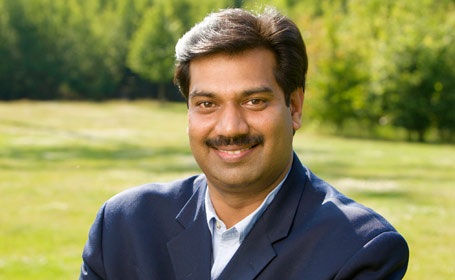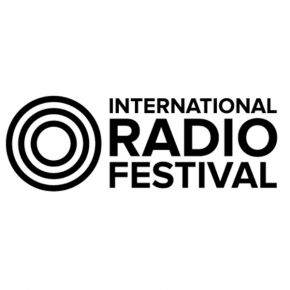Radio stations globally await FM Phase III

MUMBAI: The highly awaited FM Phase III is not limited to the desire of Indian radio broadcasters but radio players across the globe are longing to welcome the move. The international media is in the hope that Phase III will open up many opportunities for various international tie-ups, syndication and content exchange programmes.
“Many foreign media and channels are very keenly looking forward for the implementation of Phase III as it will allow them to showcase their content in the localized way which is not happening right now. If Indian radio stations have multiple licensing than there can be radio stations based on different genres giving space to experimental programming,” says Association for International Broadcasting regional head-South Asia Amitabh Srivastava. He has been working with various TV, radio, online and multimedia broadcasting and help them to establish their base through content and partnership in India.
He further added that radio stations in India fail to take up experimental programming as they fear losing the limited revenue from advertising to other players. “When I had worked in Radio Netherlands Worldwide (RNW), we were keen to do lots of partnership. But many radio stations in India refused experimental programming, Srivastava avers.
Moreover, many international media houses have telecasted international content and format in a localized way on Indian radio stations. Like Radio Netherlands Worldwide who had partnered with Radio Misty for providing international programme to the listeners. Srivastava says, “In RNW, we had programmes in English but we read the whole program in Indian English as people could relate to it. Listening to foreigner’s English is not a soothing experience. This is an example on how localization can happen. When international programming comes it has to be localized as per the need and gap that will be seen.”
However, All India Radio’s (AIR) partnership with RNW is quiet an old one. This deal helped RNW reach 400 million listeners compared to 80 countries that only reached to 200 million listeners. To attract more foreign content there is a growing need of niche radio stations that focus on social issues, news, and lifestyle and so on like many other South Asian countries. Indian private stations is completely music based or film centric making Radio as medium of mere entertainment. Srivastava highlights India Radio should look at various international tie-ups and syndication and content exchange programmes.
Hindi has been part of many international radio stations as they realized the existence of growing India Diaspora around the globe. The gap for these international media who already have aired programs in Hindi is not very wide.
He further adds, “We can exchange quality programme with international media also as they need quality programming as well. Indian radio stations can look at partnership with international media in a commercial way by selling slots to foreign media and let them earn through advertising.”
Srivastava feels talk radio format can be part of Indian Radio stations even if current and new affairs are not part of radio programming in India. He adds that few stations have tried it but it was not that forthcoming like the international market.














